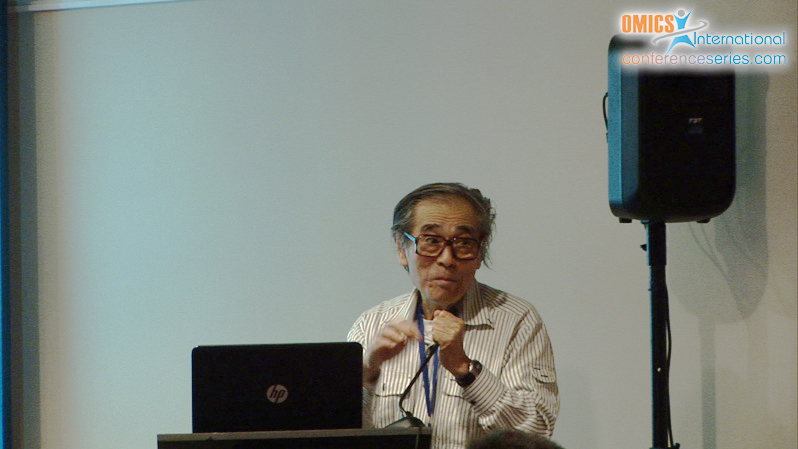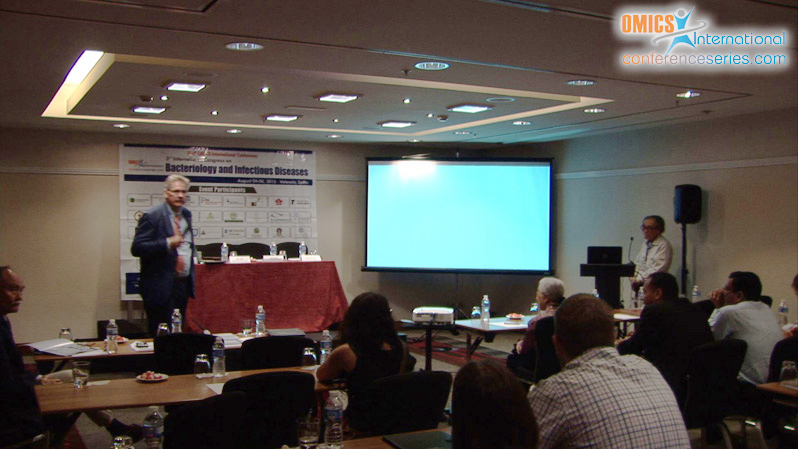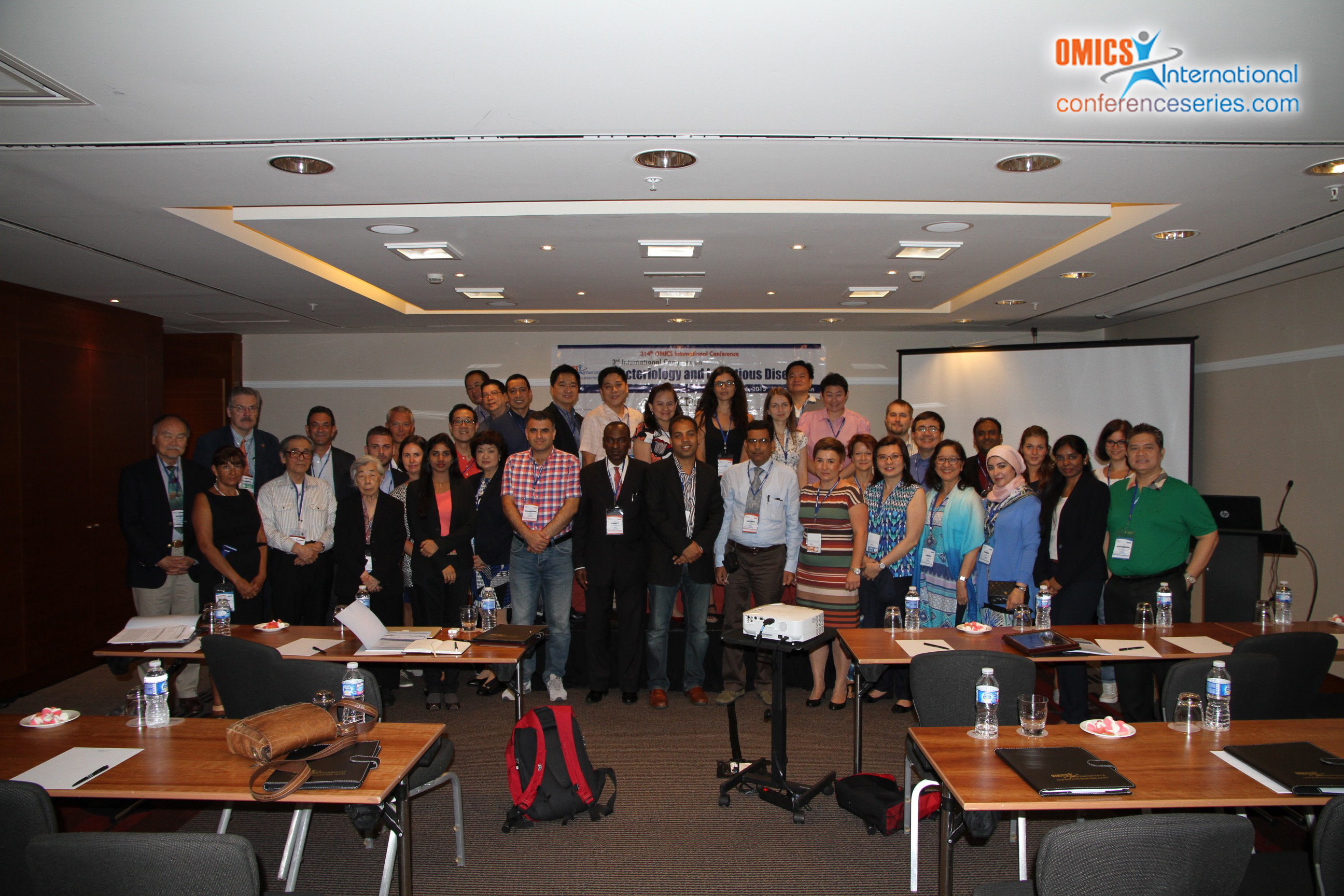
Akira Kaji
University of Pennsylvania, USA
Title: In vivo studies with overlapping ORF junction reveal that the major function of RRF (ribosome recycling factor) is to release ribosomes from the termination codon of post-termination complex
Biography
Biography: Akira Kaji
Abstract
The termination and the initiation codons often overlap as in UAAUG. At this junction, ribosomes at UAA is released by RRF and about 25% of the upstream ribosomes re-bind to the AUG and start translating the downstream gene. In the absence of RRF the ribosome at UAA remain on the mRNA and reads it in frame with UAA. At 39áµ’ C, ribosomes at UAA due to the absence of RRF will undergo temperature dependent frame-shift resulting in the downstream reading in all frames. This frame shift is prevented by near-by SD sequence; when the termination codon is downstream of the initiation triplet as in AUGA the longer the distance between AUG and UGA the less the downstream reading from AUG; when the initiation codon is downstream of the termination codon like UAAUG, the distance between them had no effect indicating that ribosomes have more tendency to jump to the direction of 3’. Introduction of complementary sequence to the 3’-terminal region of 16S rRNA into the region surrounding the border region increased downstream reading of AUGA. Shortening of the upstream ORF to 3 codons completely abolished the downstream reading of UAAUG. However, ribosome begins translating from ATGA or AUAA. This is because the released ribosome attracted by the SD will bind to ATG codon or AUA on its way to the strong upstream SD. These results show that the major function of RRF in vivo is to release mRNA from ribosomes but this was distorted by the near-by SD sequence.





